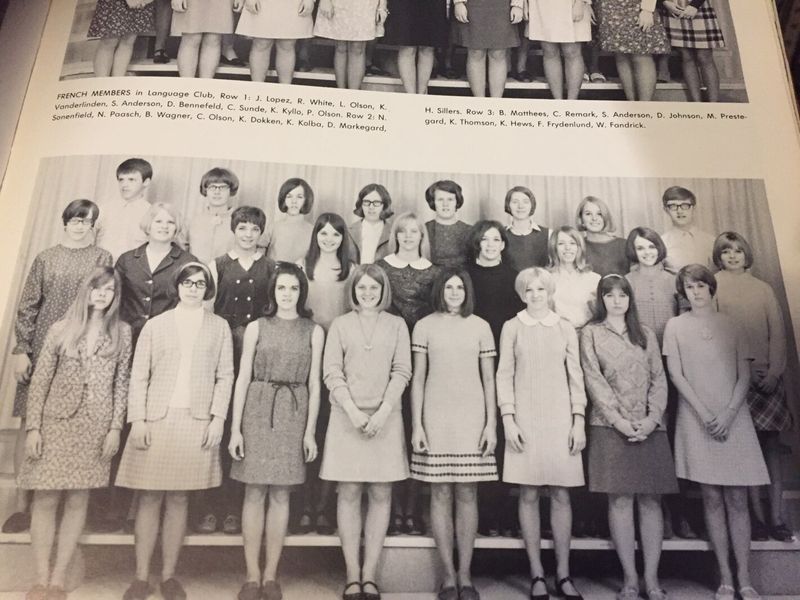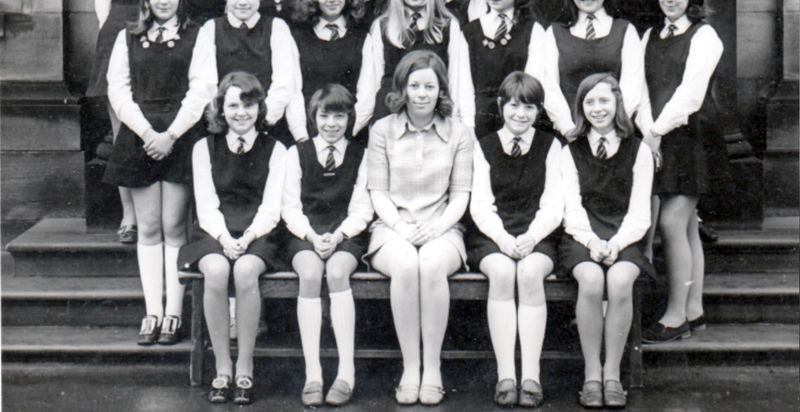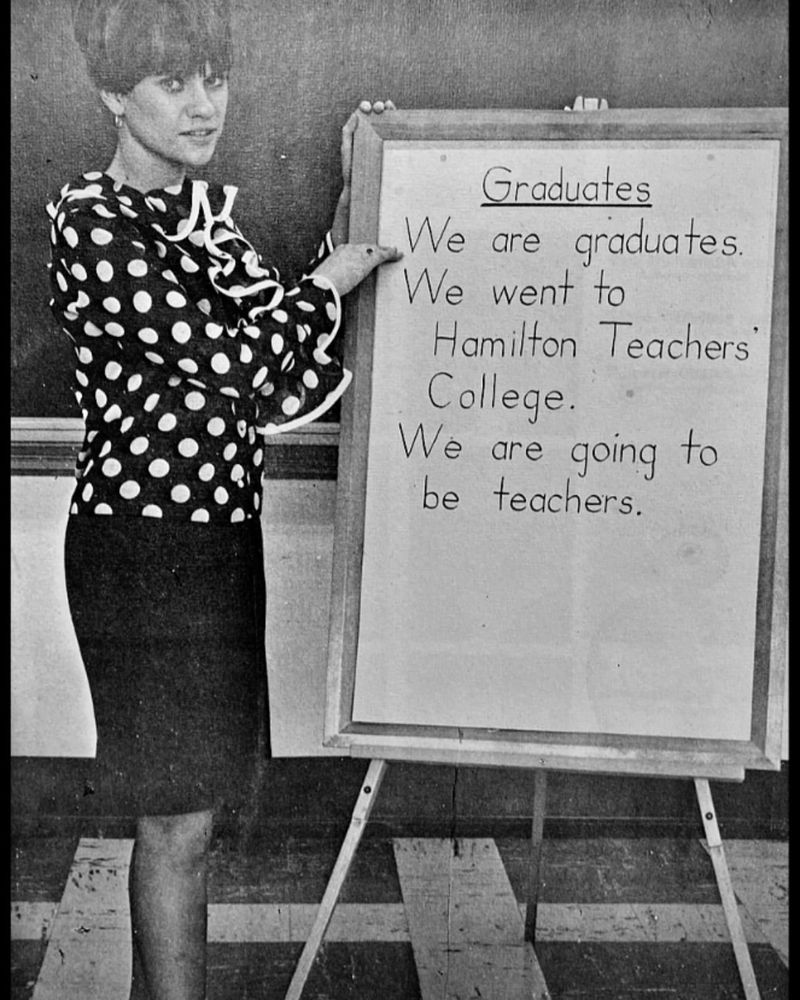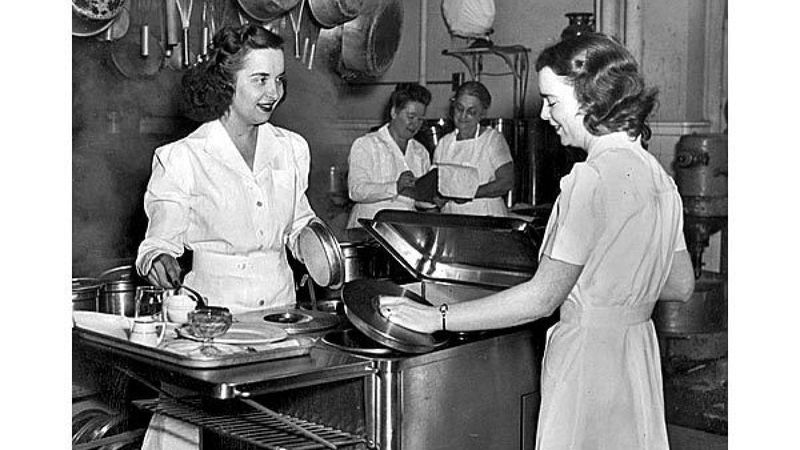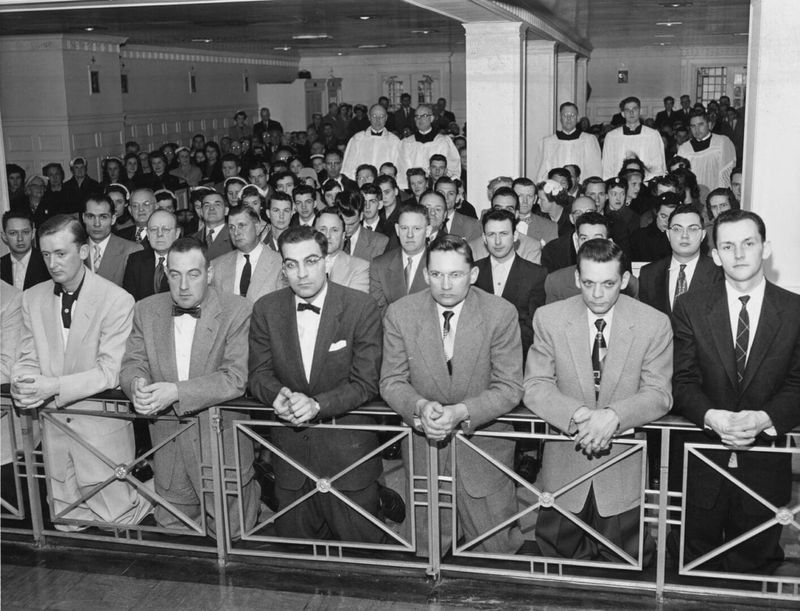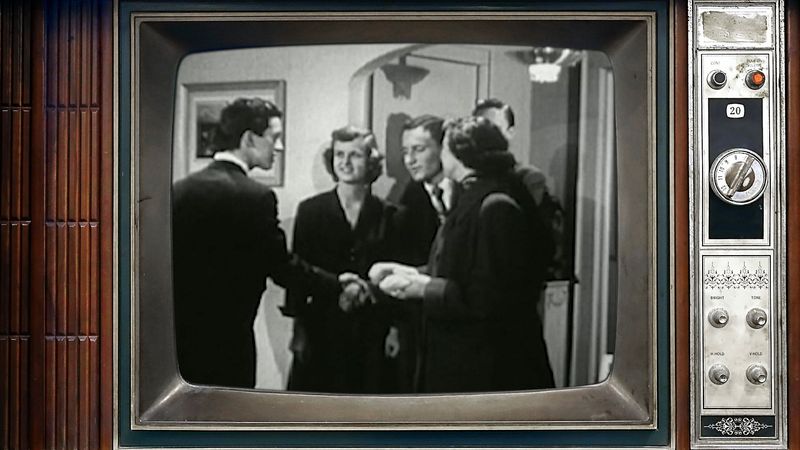The 1960s was a transformative era, marked by cultural revolutions and social changes. Despite the progressive movements, teenagers were still subjected to stringent rules that now seem absurd. This blog post explores 15 such rules, delving into their implications and why they appear ridiculous today.
Curfew Strictures
In the 60s, curfews were strictly enforced, with most teenagers expected home by 10 PM. These restrictions were meant to keep them out of trouble, but often stifled their social lives. Imagine missing out on a drive-in movie just because the clock struck ten! The intention was to instill discipline, yet it often felt more like a curtailment of freedom. Today, the idea of a rigid curfew seems outlandish given the flexibility of modern schedules and the advent of digital connectivity, allowing teens to stay connected without the physical need to be out late.
Dress Code Dictates
Fashion in the 60s dictated modesty, with strict dress codes in schools. Girls were required to wear dresses or skirts that reached below the knee, while boys had to don slacks and collared shirts. This rule was to maintain decorum, but it largely suppressed personal expression. In an era of vibrant cultural shifts, such rigidity seems counterproductive. Today, dress codes are more relaxed, encouraging individuality and personal style. The restrictive clothing norms of the past seem especially ridiculous when considering the freedom of expression that fashion represents in contemporary society.
Strict Dating Rules
Dating in the 1960s came with a set of rules designed to maintain propriety. Teens could only date under parental supervision, often with ‘dates’ taking place in the family living room. This was meant to safeguard reputations, yet it also stifled the natural development of romantic relationships. Such regulations often led to awkward encounters and a lack of privacy. In contrast, today’s teens enjoy more freedom to explore relationships independently. The excessive supervision of the past now seems laughable, given the emphasis on personal growth and autonomy in modern relationships.
Hair Length Regulations
The 60s saw strict rules on hair length, especially for boys. Long hair was often frowned upon, with schools enforcing short, neat hairstyles. This regulation was to promote tidiness and uniformity, but it also suppressed individuality. In a decade known for its countercultural movements, such restrictions appeared stifling. Today, hair is seen as an expression of personal style and identity, with no rigid norms dictating length. The past’s strict guidelines seem particularly absurd now, as people embrace diversity in styles and the freedom to express their personalities through their appearance.
Separate Classes for Boys and Girls
In the 1960s, many schools implemented separate classes for boys and girls, believing it would enhance focus and reduce distractions. This segregation was meant to improve academic performance, yet it perpetuated gender stereotypes and limited social interaction. By enforcing separation, schools inadvertently nurtured a divide that contradicted the collaborative spirit of the era. Today, coeducation is the norm, embracing gender diversity and fostering mutual understanding. The old practice of separate classes now seems outdated, as modern education emphasizes inclusivity and the benefits of mixed-gender learning environments.
Politeness Protocols
Etiquette was a major focus in the 60s, with teenagers expected to follow strict politeness protocols. They were trained in table manners, formal greetings, and appropriate conversation topics. While the intent was to prepare them for societal norms, it often felt overly formal and stifling. In today’s world, while manners are still important, there is a greater emphasis on authentic communication and personal comfort. The rigidity of past etiquette rules seems excessive now, as society embraces a more relaxed and genuine approach to interactions, valuing sincerity over formality.
Prohibition of Certain Music
Music censorship was prevalent in the 60s, with certain genres deemed inappropriate for teenagers. Rock and roll, with its rebellious themes, often faced scrutiny. Parents and schools feared its influence, leading to bans on specific artists or songs. This fear of cultural change seems ridiculous now, considering the integral role music plays in personal development and cultural understanding. Today, music is celebrated for its diversity and ability to bring people together, making the censorship of the past appear narrow-minded and unnecessarily restrictive in the grand tapestry of cultural expression.
Restriction on Makeup
Makeup was often restricted for teenagers in the 1960s, seen as a sign of maturity inappropriate for the young. Girls were discouraged from wearing anything beyond a natural look, with bold colors considered unacceptable. This rule was about preserving innocence, yet it curtailed self-expression and creativity. In contrast, today’s teens are encouraged to explore makeup as an art form, embracing bold looks and experimenting with styles. The past’s restrictive views on makeup seem outlandish now, as it is recognized as a means of personal expression and individuality.
Limited Career Aspirations for Girls
Career aspirations for girls in the 60s were often limited to traditional roles like homemaking or teaching. This was reflective of societal norms, restricting their potential and reinforcing gender roles. The notion that women could pursue diverse careers was still emerging, making these rules seem outdated. Today, girls are encouraged to dream big and pursue any career path without gender constraints. The narrow career expectations of the past now seem absurd, as society recognizes the importance of gender equality and the limitless potential of all individuals, irrespective of gender.
Controversial Literature Bans
The 1960s saw censorship of literature, with certain books deemed too controversial for young readers. Schools often banned titles that challenged societal norms, fearing their influence on impressionable minds. This restriction was meant to protect, but it stifled intellectual growth and critical thinking. Today, the value of diverse literature is celebrated, encouraging open discussions and broad perspectives. The past’s bans on certain books now seem narrow-minded, as modern education emphasizes the importance of exposure to various viewpoints and the critical role literature plays in shaping understanding and empathy.
Home Economics for Girls Only
In the 60s, home economics was a mandatory subject for girls, preparing them for domestic roles. This rule reinforced gender stereotypes, limiting educational opportunities and perpetuating traditional roles. Boys, meanwhile, were taught skills like carpentry, further entrenching gender divides. Today, subjects like home economics are inclusive, teaching valuable life skills to all genders. The past’s gender-specific education now seems ridiculous, as society moves towards equality and recognizes the importance of diverse skill sets for all individuals, irrespective of gender. This shift underscores the absurdity of past educational practices.
Mandatory Attendance at Church
Going to church every Sunday was non-negotiable for many teenagers in the 1960s. Religious attendance was often seen as a measure of good character and proper upbringing. However, this rule overlooked individual beliefs and personal development.
Forcing teenagers to attend church did not necessarily instill religious values but rather bred resentment and disengagement. Adolescents need room to explore their beliefs and develop their own spiritual identity.
In today’s world, spiritual growth is often recognized as a personal journey rather than a mandatory ritual. Encouraging exploration and acceptance of different beliefs fosters a more inclusive and understanding society.
Limited Phone Use
Phone use was tightly controlled in the 60s, with many households having a single shared line. Teens were allowed limited time for calls, often with a parent overseeing the conversation. This was to ensure appropriate usage, but it stifled social connections and privacy. Today, with the ubiquity of mobile phones, such restrictions are unimaginable. Teens enjoy constant connectivity, fostering relationships and independence. The past’s phone use limitations seem particularly absurd now, as society understands the importance of communication and the role technology plays in enhancing social interactions and personal freedom.
No Television on School Nights
In the 60s, television was considered a major distraction from studies, leading to a strict rule: no TV on school nights. This rule was meant to ensure that homework and study time were prioritized over entertainment.
While the rule aimed to promote academic success, it often left teens feeling disconnected from popular culture. Missing out on favorite shows was a common complaint, fueling feelings of resentment.
Today, with the rise of streaming services and on-demand media, the landscape has changed. Balancing entertainment with education is still important, but teens have more flexibility in managing their schedules.
Prohibition of Public Displays of Affection
Public displays of affection were strictly prohibited in the 60s, with schools enforcing rules against hand-holding or hugging. This was intended to maintain decorum, but it often felt suppressive to natural expressions of affection. Such restrictions could lead to misunderstandings about healthy relationships. Today, while some boundaries remain, there is a greater understanding of the importance of expressing emotions. The past’s prohibitions on affection seem overly restrictive now, as society values open displays of care and the role they play in building healthy, respectful relationships. These shifts highlight the outdated nature of such rules.


